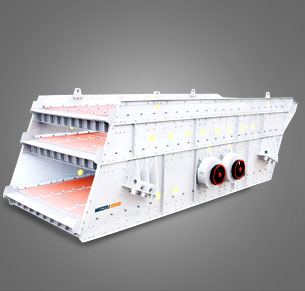The production of acetylene (C₂H₂) from calcium carbide (CaC₂) is a well-established industrial process. Below is a detailed explanation of the reaction, procedure, and key considerations:
 1. Chemical Reaction
1. Chemical Reaction
When calcium carbide reacts with water, it produces acetylene gas and calcium hydroxide as a byproduct:
\[
\text{CaC}_2 + 2 \text{H}_2\text{O} \rightarrow \text{C}_2\text{H}_2 + \text{Ca(OH)}_2 + \text{Heat}
\]
– Calcium carbide (CaC₂) is a grayish-black solid produced by heating lime (CaO) with coke (carbon) in an electric arc furnace (~2000°C).
– Acetylene (C₂H₂) is a highly flammable gas used in weldin.jpg) cutting, and chemical synthesis.
cutting, and chemical synthesis.
2. Industrial Production Process
# A. Calcium Carbide Preparation
1. Raw materials:
– Lime (CaO) from limestone (CaCO₃).
– Coke (C) as a carbon source.
2. Reaction in an electric arc furnace (~2000°C):
\[
\text{CaO} + 3\text{C} \rightarrow \text{CaC}_2 + \text{CO} \quad (\text{Endothermic})
\]
3. The molten CaC₂ is cooled and crushed into small lumps.
# B. Acetylene Generation
1. Carbide-to-Water Method (Common in industry):
– Calcium carbide is added to excess water in a controlled reactor (acetylene generator).
– The reaction is exothermic, so cooling may be required to prevent overheating.
2. Water-to-Carbide Method (Safer for small-scale use):
– Water is dripped slowly onto calcium carbide to regulate gas production.
3. Purification of Acetylene
– The crude acetylene may contain impurities like PH₃ (phosphine) and H₂S from impurities in CaC₂.
– It is passed through:
– Water scrubbers to remove dust and some gases.
– Chemical scrubbers (e.g., NaOH or CuSO₄ solutions) to remove PH₃ and H₂S.
4. Safety Considerations
– Acetylene forms explosive mixtures with air (2.5–





Leave a Reply